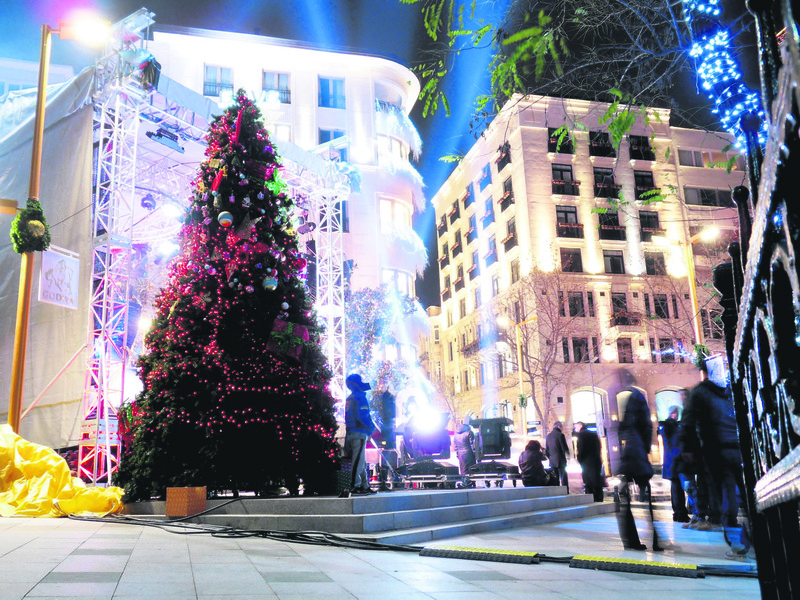In Türkiye, where Muslims make up 99% of the population, the New Year’s spirit is intertwined with the country’s rich cultural tapestry, reflecting influences from historical and sacred Christian sites and stories that have shaped its traditions.
Despite its predominantly Muslim population, Christmas and New Year celebrations have become a cherished tradition, with towering pine trees lining the streets and festive decorations adorning major cities.
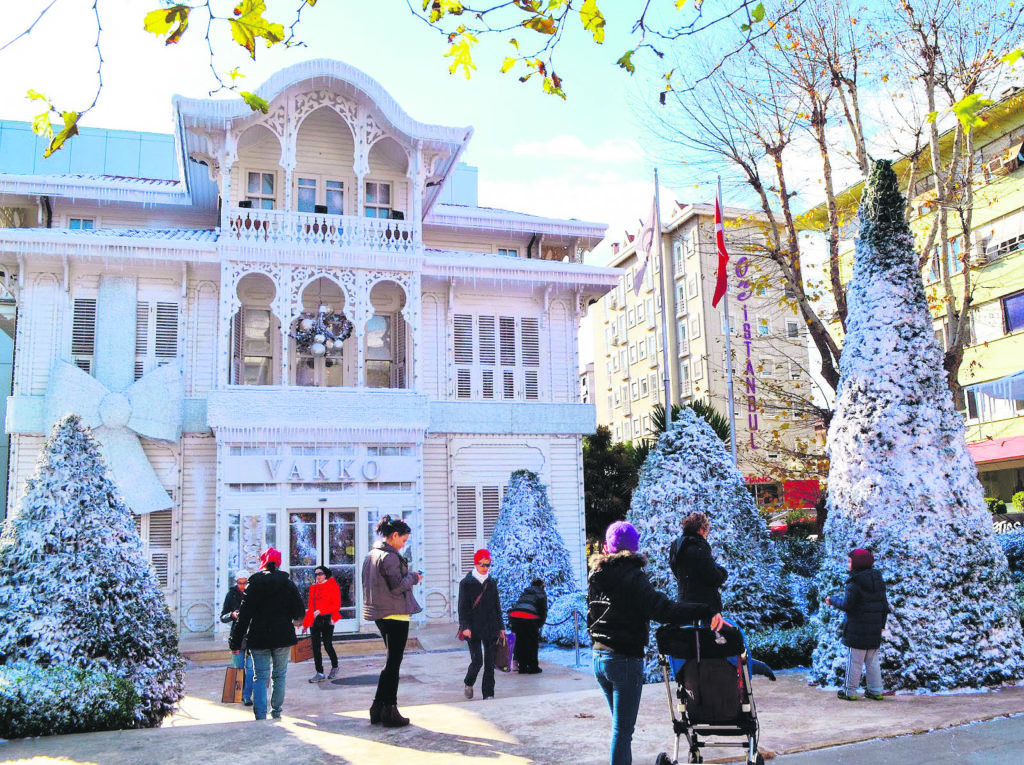
While Turks do not celebrate Christmas or the birth of Jesus, they warmly embrace the New Year, welcoming it with renewed hopes in a festive atmosphere. As December approaches, streets and cafes are adorned with lights and Christmas trees, offering expats a comforting sense of home during the holiday season.
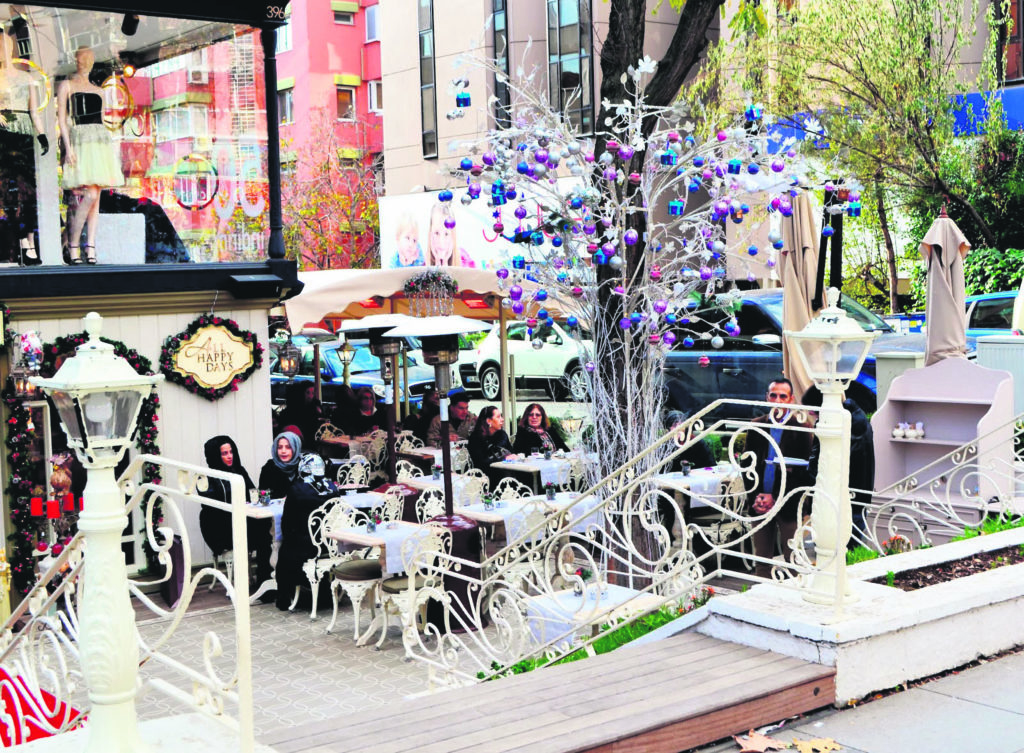
The origins of Christmas traditions are deeply rooted in the region now known as Türkiye. The stories of Santa Claus, the Christmas tree, and the home of the Virgin Mary—all integral to the Christmas spirit—trace their beginnings to Anatolia.
Santa Claus
Santa Claus, called “Noel Baba” (Father Noel) in Turkish, lived during the 4th century A.D. in Patara, a town on the southwestern coast of what was then the Byzantine Empire. His real name was Nicholas, and he was born into a wealthy family. After losing his parents, Nicholas inherited a significant fortune. He later became the Bishop of Myra, now known as Demre, further along the coast.
Known for his generosity, Nicholas would climb onto rooftops and drop coins down chimneys to help those in need. When a resident caught him in the act, his identity became known, and the story of the kind and giving figure of Santa Claus was born.
Following his death, a memorial was built in his honour, and he was later canonised as Saint Nicholas. His feast day was established on 6 December, and centuries later, a bishop declared 25 December as the official date to celebrate the birth of Jesus. Over time, these two celebrations merged, contributing to the Christmas traditions we recognise today.
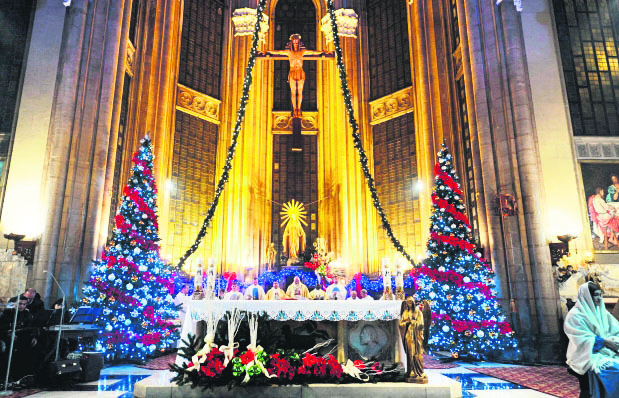
The Church of St. Nicholas
The Church of St. Nicholas, located in the town of Demre in Antalya, holds annual celebrations on 6 December to honour the saint. While his original coffin remains in the church, his bones were removed during the 10th century.
Christmas Trees
The origins of the Christmas tree can be traced back to ancient legends, particularly the story of Attis. In mythology, Attis symbolised immortality, and the evergreen pine tree became associated with him. The tale begins with Zeus, who, unable to be with Cybele, the goddess of fertility, left his seed on a rock. From this union, Agditis, a hermaphroditic being, was born. An almond tree then grew from Agditis’s body, and its fruit impregnated the daughter of the Sangarius River (modern-day Sakarya River), resulting in the birth of Attis.
Attis’s beauty captivated both Cybele and Agditis, but his story ended tragically when he took his own life under a pine tree. In her grief, Cybele begged Zeus to preserve his beauty, leading to Attis’s transformation into the pine tree after death.
This legend influenced rituals at Cybele’s temples, where priests castrated themselves and decorated the temple with symbolic ornaments, representing renewal and fertility. This practice is thought to have inspired the modern tradition of adorning Christmas trees, with 2 December symbolising the rebirth of Attis.
The House of the Virgin Mary
Located in the western district of Ephesus near İzmir, the House of the Virgin Mary draws large crowds each year during the Christmas season. Often mistaken for the Church of Mary, this sacred site is a distinct destination visited by thousands of Christian pilgrims annually. According to Christian tradition, the Apostle John brought Mary to this house in Ephesus after Christ’s Resurrection, where she lived until her death.
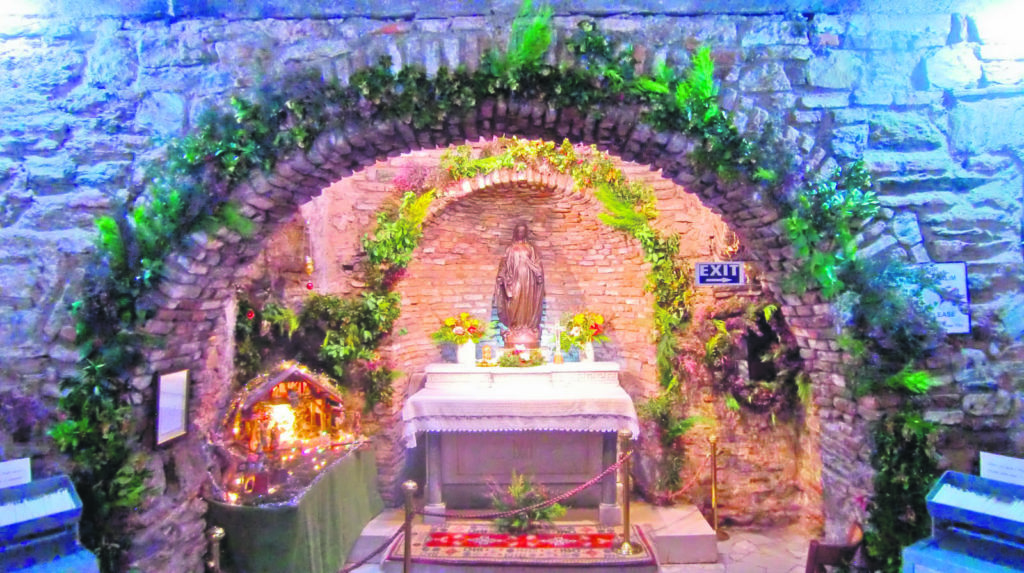
The house is believed to have been built between the 6th and 7th centuries, though some experts suggest it dates back to the 1st or 4th century. Remarkably, it was rediscovered in 1812 by a German nun who, in a trance, described its exact location despite never having visited or travelled outside her home.
The Church of Mary
Also located in Ephesus, the Church of Mary holds great significance for Christians. Known as the “Council Church,” it is believed to have hosted the Council of Ephesus in 431, during which the Virgin Mary was officially given the title Theotokos (Bearer of God). The church is also referred to as the “Double Church” because its aisles are dedicated to both the Virgin Mary and St. John.
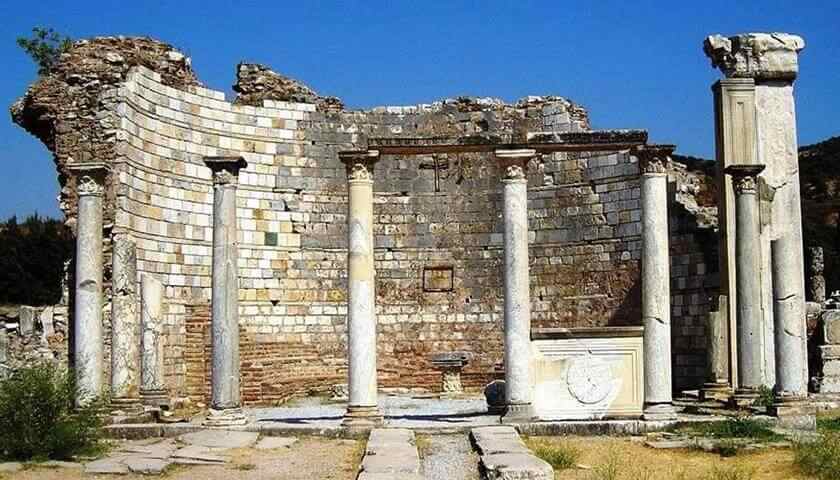
This rectangular basilica, with its 250-meter-long columns, is largely in ruins today, but several features remain preserved. Upon entering, visitors can see crosses and metal rosettes adorning the walls, as well as a remarkably intact baptismal pool. The site’s significance lies not in its grandeur but in its rich history. Sealed graves, discovered both inside and outside the church, suggest it remained in use by local Christians until the 14th century.
Celebrating Christmas and New Year’s Eve in Istanbul
Istanbul, Türkiye’s vibrant and sleepless city, offers a magical atmosphere for celebrating Christmas and New Year’s Eve. Streets are adorned with festive decorations, while road-side parties and bustling shopping centres bring the city to life. If you’re spending the holiday season away from home, Istanbul provides the perfect opportunity to immerse yourself in its dynamic and ever-changing festive spirit.


Istanbul offers a variety of Christmas gift ideas in December, with unique souvenirs and presents for your loved ones. Boutiques, shopping malls, and bazaars across the city are bustling with people taking advantage of New Year and Christmas sales. Among the top destinations is the Grand Bazaar, located on the historic peninsula, which remains a favourite spot for expats and tourists searching for the perfect Christmas souvenir.
For those looking to celebrate New Year’s Eve in style, street parties are a lively option. Popular districts such as Nişantaşı, Etiler, Kadıköy, and Beyoğlu come alive on 31 December with all-night festivities. These areas are adorned with dazzling Christmas lights and decorations, creating a joyful and festive atmosphere. In Beyoğlu, the Church of St. Anthony is an excellent destination to immerse yourself in the Christmas spirit while exploring Christian-Byzantine heritage. The church also hosts world-renowned musicians during the holiday season, adding to its charm.
As the clock strikes midnight, a breathtaking fireworks display lights up the Bosporus. Some of the best spots to enjoy this spectacular show include Ortaköy and Beşiktaş on the European side, offering unforgettable views to ring in the New Year.

Other places to visit include the beautiful churches of Istanbul, the sacred places of Christianity in Antalya, or the ancient city of Ephesus. At Christmas time these historic sites are adorned with Christmas décor, which is sure to amaze visitors with a lively atmosphere and lighting to make you feel the Christmas spirit as soon as you enter.
Source: Daily Sabah
Updated on 15 December 2024

